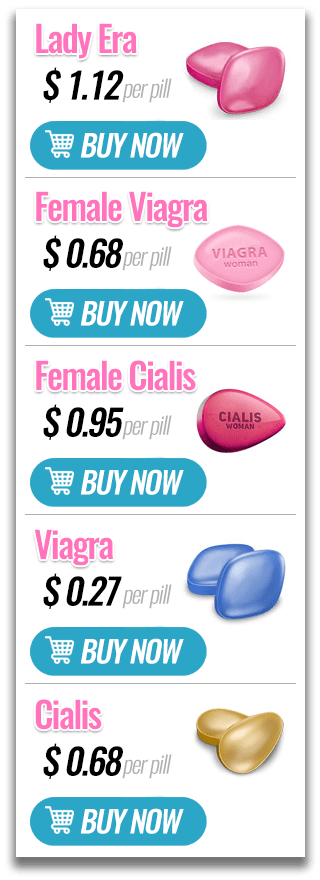Female Libido Enhancers Due In 2020
The challenges of female libido pharmacology
Sexual desire in women is traditionally considered an unpredictable matter, but few know that its lack can be as much of a symptom of an underlying disease as erectile failure in male patients. This is why it is important to sound an alarm bell when a woman experiences a sudden drop in libido. On the other hand, if the patient herself feels that she could improve her life quality with increased sexual drive that has naturally been low due to constitutional characteristics, she should be offered solutions as readily as any male patient suffering from a sexual disorder.
While it is easy to call the modern pharmacology sexist and focused on male pleasure, let us not forget that female sexual mechanisms are more complicated than those of a man. Therefore, the three pillars of sexual enhancement in females should include a work with a specialist who will explain:
- The physiology of sex (what should be expected in bed);
- Pathology (such as getting sick with erectile dysfunction or any other sexual dysfunction);
- How drugs work and how they are used.
As far as the third point is concerned, is all about picking the right drug approved by a healthcare specialist, either sexologist or gynecologist. Women had to wait a while longer for sex health meds that are desired for them, including Female Viagra over the counter, but now we, too, have our arsenal of pharmacy products – and we are looking at more of them in the pipeline for 2020.
Female sex drive pills: current medicine approaches

Female sex drive pills: current medicine approaches Female Viagra (sildenafil) and Addyi (flibanserin) have been the first breakthrough medications to change the game for female patients affected by hypoactive sexual desire. Flibanserine has been nicknamed by the media “the new pink Viagra”. But it has nothing to do with sildenafil (the active substance that works in men), even if it is actually pink. The first studies on this medicine dedicated to female sexual desire were made in America and the pill seemed effective on what is perhaps the most frequent female sexual disorder: the reduction of desire.
Ospimifene, the novelty drug that has been added to the list of female sexual solutions only recently, is quite a different story. It is not yet won wide recognition, but its effects are well-targeted and applied in the right patient, can yield amazing results. Ospimifene has the unbeatable benefit: if you take estrogen, by mouth or transdermally (patches, creams and gels), most of the disorders caused by menopause are resolved. It greatly reduces the risk of hot flashes, memory and mood disorders, osteoporosis, and so on. It also fights vaginal dryness typical for the menopause and decreased libido.

At the same time (although not as much as most women think) it can increase the risk of breast cancer in predisposed people. Because of this fear, the percentage of hormones used in menopause is quite small. So the problem was to invent a pill that produced effect only on the vagina, precisely to counteract the vulvovaginal atrophy from menopause which is the cause of so much pain that it prevents older women from making love.
Ospimifene revolutionized the world of female sexuality. This new molecule is the first drug that has as its only indication the recovery of vaginal function in menopause with the purpose of recovering the sexual function. And this thanks to its unique quality: ospemifene is a SERM, an abbreviation that represents the selective modulators of the estrogen receptor. In practice, it is a smart key that only opens some locks, and not others. It takes the place of estrogen (even if it is not a hormone) in the vagina where there are no dangers and it even works as anti-estrogen in the breast, where neoplastic risks are feared. We may realize in the future that ospemifene even has a protective role against the very onset of breast cancer.
2020 trends for female sexual health

What’s around the corner? Researchers are not stalling the works and they know there is still a lot to discover in the industry of female sexual enhancers. In New Jersey they are experimenting, it seems successfully, with a melanocortin derivative which, instead of tanning as it does with natural hormone, should increase female desire and excitement. In Holland, on the other hand, the scientists are looking for a molecule capable of acting doubly: unlocking the brain circuits that activate sexual arousal and inhibiting those that block it. We will see if the promises are kept and if other frequent sexual symptoms, such as anorgasmia, find therapeutic answers. In Italy they are experimenting with the administration of testosterone gel directly on the clitoris that atrophies in menopause. The results are promising. But the important thing is that the taboo of not being able to even imagine medicines to cure women’s sex dysfunctions has been destroyed.
After all, the new drugs all have one goal: to reconnect passion with its physical manifestation, that of the body. That is not just lubrication, erection, orgasm or elimination of coital pain. It is much more. It is the full recovery of the most important, precious and rewarding aspect of couple’s life: intimacy.




